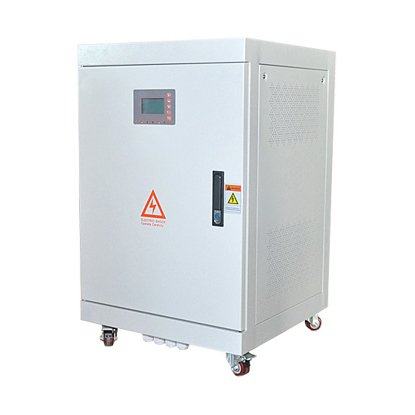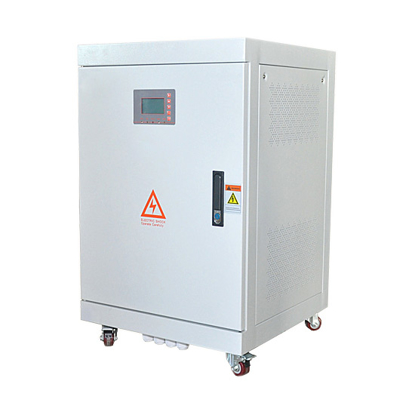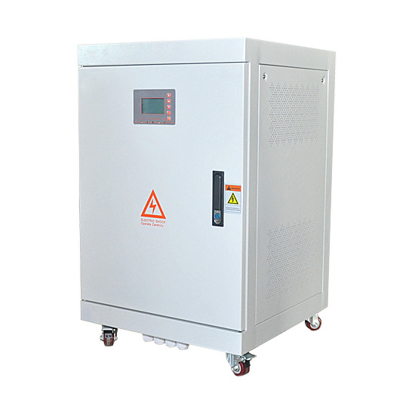-
You have no items in your shopping cart.
- Register
- Log in
- Wishlist
- Shopping cart
Write your own review
Existing reviews
Perfect solution to my needs.
I was looking for a 10kW off grid inverter, so lucy to see it on the inverter.com store and that was just what I need. Quality and price were outstanding, and the inverter is running to my satisfaction for 2 months.
Nicholas Henry
|
12/19/2019 7:27 PM
Was this review helpful?
(0/1)
Load more...




